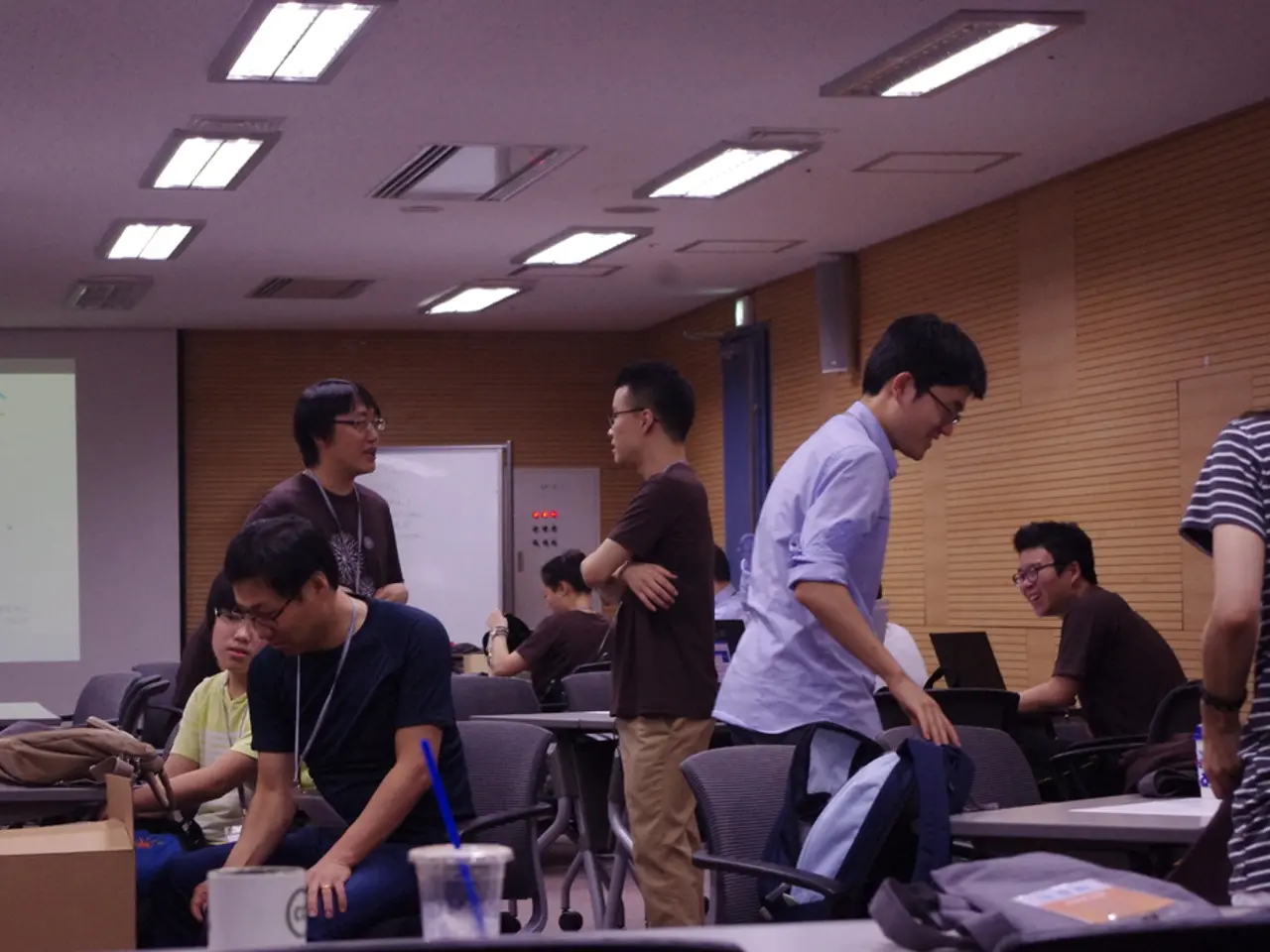Simplifying Service Transitions through Meticulous Planning and Commitment
In the ever-evolving landscape of education, Community High School District 99 in Illinois has taken a significant step forward by implementing a new student information system (SIS). Travis McGuire, Assistant Superintendent for Learned Resources, has been instrumental in this transition, recently receiving the Most Innovative Superintendent award at a Tech & Learning Regional Leadership Summit.
The second round of demos with Infinite Campus marked a major boon in professional development for teachers and staff, providing them with valuable insights into the new SIS. McGuire emphasized the importance of getting the right people around the table for the demo process, ensuring a comprehensive understanding of the system's capabilities.
Effective planning and implementation of an SIS involve several key steps. A thorough needs assessment and stakeholder engagement are essential to identify current system limitations and key requirements. This process involves teachers, administrators, IT staff, and parents, ensuring that the new system caters to the needs of all users.
Selecting the right SIS platform is another critical aspect. McGuire and his team evaluated multiple vendors, focusing on functionality, integration capabilities, data security, user-friendliness, and support services.
Project planning and clear governance are also crucial. A detailed project plan with timelines, milestones, roles, and responsibilities was developed, with a leadership team overseeing the implementation.
Data migration and integration require careful planning to ensure a seamless transition. The team ensured compatibility with other district technology resources, such as learning management systems, during the migration of existing student data to the new system.
Staff training and support are vital components of the implementation process. Comprehensive training tailored to different user roles was provided, supported by ongoing technical assistance.
Communication and change management are key to fostering buy-in and easing adoption. Transparent communication with all stakeholders was maintained throughout the project, with concerns addressed proactively.
Pilot testing was conducted to identify and rectify issues before full deployment, ensuring the system's readiness for the launch.
McGuire suggests having a full year for data migration and training before full implementation to ensure a smooth transition. The return on investment in terms of time should push the school to the next level.
It's important to remember that the process of changing systems is a balancing act between the benefits and the challenges. Knowing what you're looking to accomplish before engaging with vendors is beneficial. Also, understanding the time and effort required for implementation is crucial to ensure a successful launch.
In conclusion, while there are no direct search results on McGuire's specific approach to SIS planning and implementation, effective SIS implementation generally involves comprehensive planning, stakeholder engagement, careful vendor selection, training, and communication strategies as outlined above. Investigating new systems is good, but it's important to understand the time and effort required for implementation.
- Teachers and staff continue to receive valuable insights through professional development, focusing on the new student information system (SIS), thanks to the demos with Infinite Campus.
- The implementation of an SIS requires not just selection of the right platform, but also effective planning, clear governance, and thorough stakeholder engagement.
- Project planning for an SIS includes creating a detailed plan with timelines, milestones, roles, and responsibilities, as well as ensuring seamless integration with other technology resources.
- Staff training and ongoing support play a vital role in the implementation process, with comprehensive training tailored for different user roles.




